Last year, renewable energy set new records in Australia as a surge in wind and solar generation pushed the share of electricity generated from coal to an all-time low. Providing a combined 21% of electricity generation, renewables have also surpassed gas generation for the first time ever.
While Australia’s energy mix is still dominated by coal and gas, together accounting for 77% of electricity generation, the latest data from the federal Energy Department make for welcome reading. According to the official Australian Energy Statistics published by the federal government on Wednesday, renewable sources contributed 55,481 GWh (21%) of total electricity generation in 2019, an increase of 12% compared with 2018.
Renewable energy’s share surged on the back of a massive 46% jump in solar power, including large-scale and rooftop PV, and a 19% increase in wind power. The largest source of renewable generation in 2019 was wind (7% of total generation) followed by solar (7%) and hydro (5%), as wind and solar overtook hydro for the very first time. The biggest individual surge was seen with large-scale solar power generation, which went up by 135%.
Although coal’s share declined by 5% to 56% of total generation in 2019, Energy and Emissions Reduction Minister Angus Taylor said the latest data demonstrated the “continuing importance of coal” in Australia’s energy mix. He also pointed to the nation’s “growing reliance on gas” and once again called for a gas-fired recovery from the Covid-19 pandemics.
A discussion paper on the Morrison government’s Technology Roadmap released last week, mirrored the Coalition’s commitment to gas. As Taylor continued to promote gas as complementary to intermittent renewable energy, Australia’s Chief Scientist Alan Finkel voiced a similar opinion earlier this week, describing gas as the quickest way to develop Australia’s renewable electricity system and reach net zero emissions.
According to the last year’s figures, generation from gas was up by 6% compared with 2018. “We now need state and territory governments to do their part to unlock more gas for the domestic market and encourage investment in reliable generation which will put downward pressure on wholesale prices,” Taylor said on Wednesday.
The government’s statistics, which cover all electricity generation in Australia, including by power plants and by businesses and households for their own use, also include figures for all Australian states and territories.
Tasmania, the nation’s renewable energy leader, has once again topped the list with 94% renewables in 2019 with an 81% hydro share of the total generation. South Australia came in second with 50%, followed by Victoria (21.2%) and New South Wales (18.7%). Queensland’s share of renewables reached 13.2%, followed by Western Australia with 10% renewables, while the Northern Territory sourced 4.1% of its power from renewables, predominantly solar.
The biggest year-on-year growth in solar generation was seen in Queensland (62%), followed by Victoria (56%) and NSW (39%).
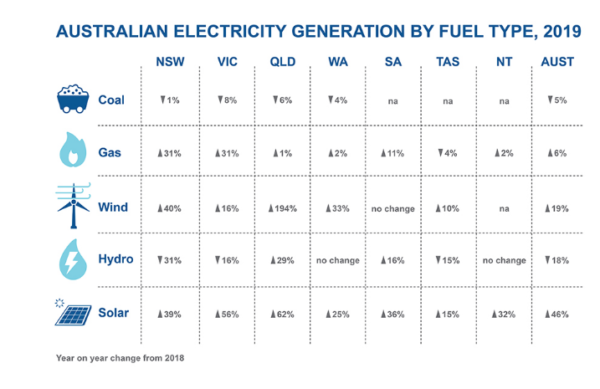
This content is protected by copyright and may not be reused. If you want to cooperate with us and would like to reuse some of our content, please contact: editors@pv-magazine.com.
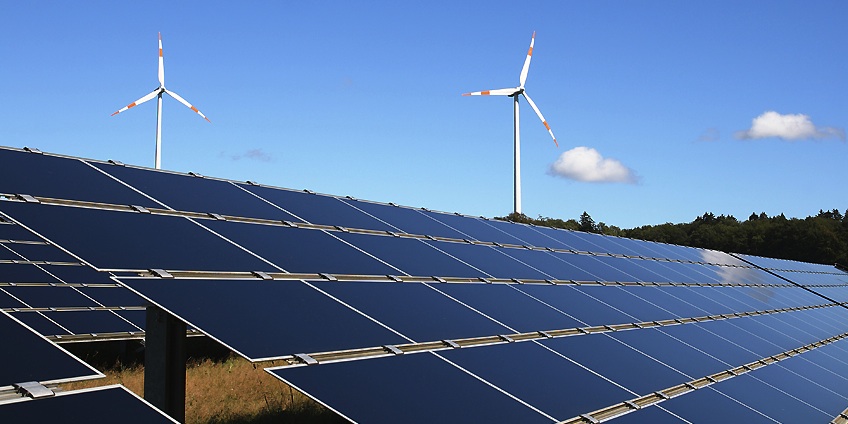
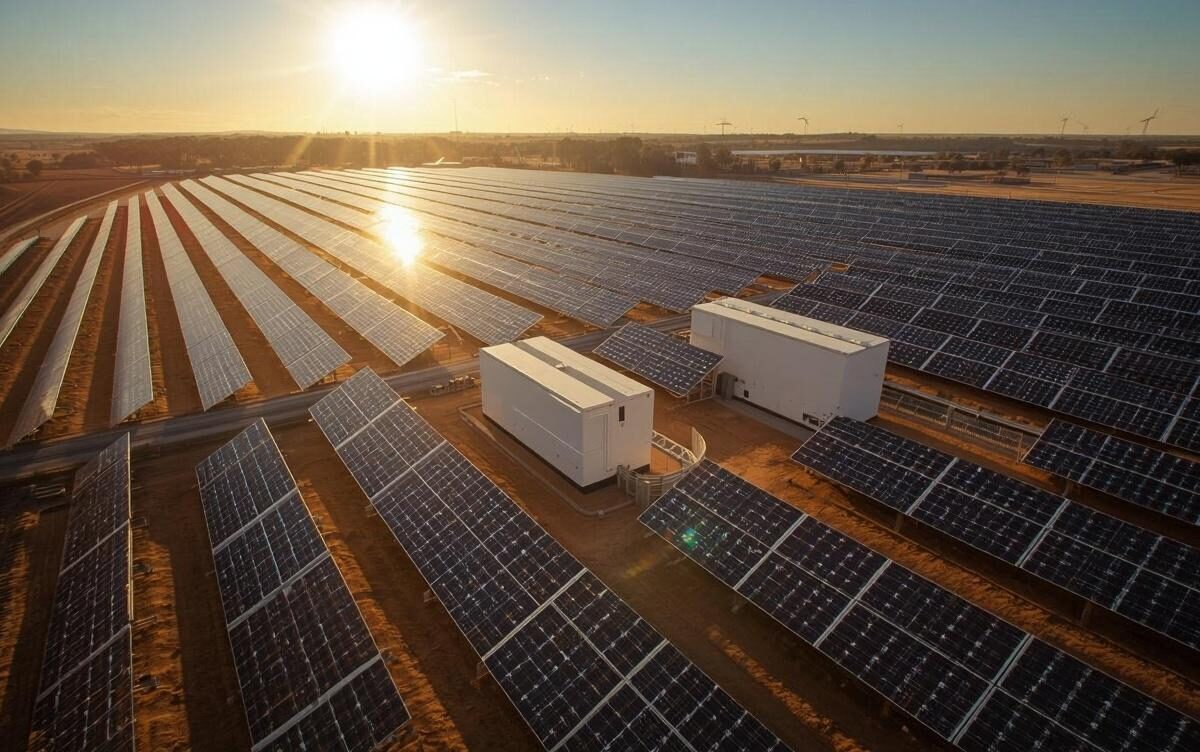



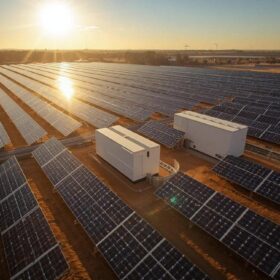
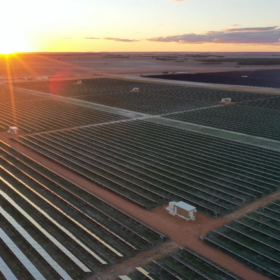
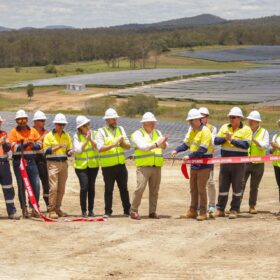

Great Article! I agree with your thoughts. Thanks for sharing your ideas. Keep it up.